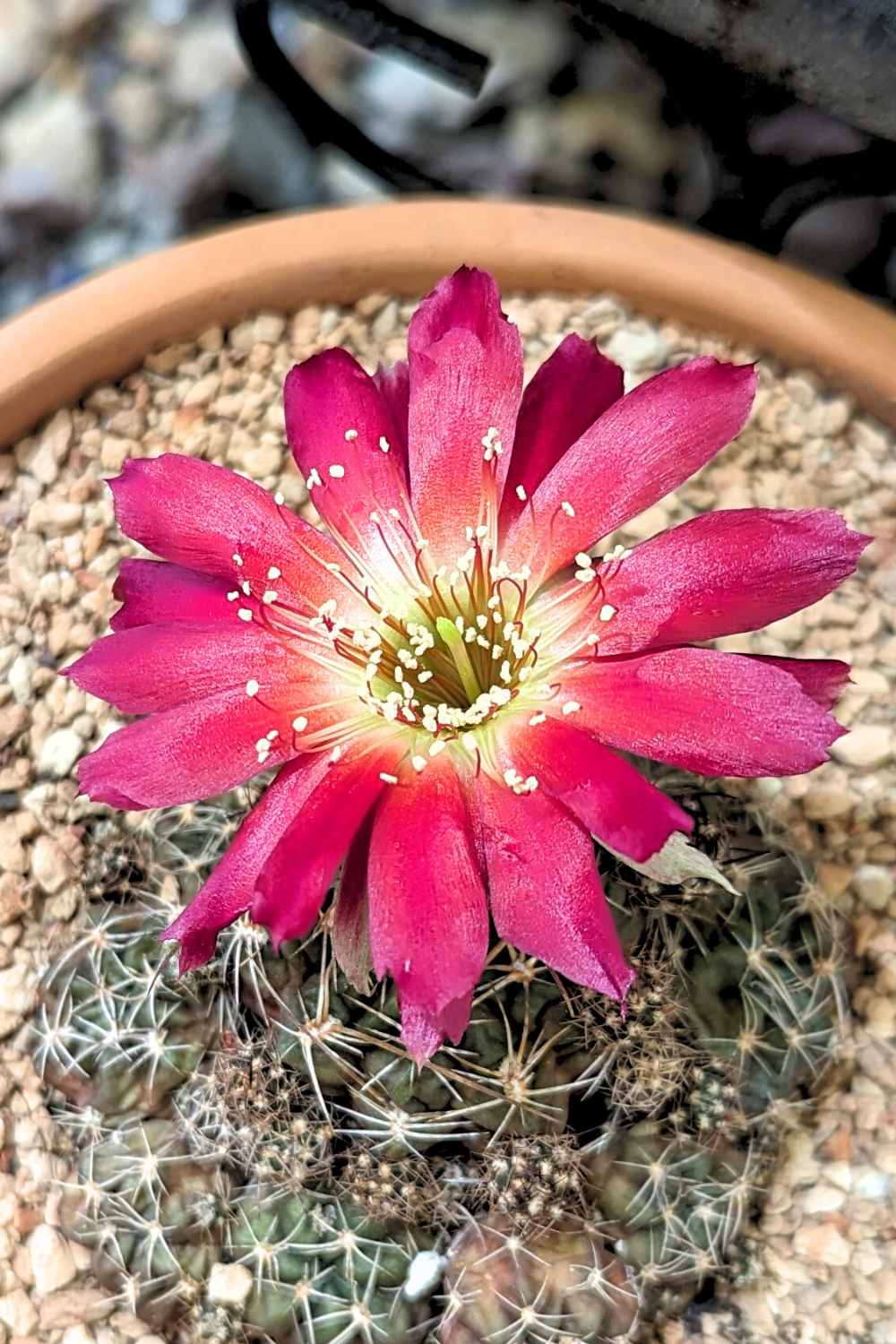When people think of cactus, they often envision spiky, green plants standing resiliently in arid landscapes. However, one of the most captivating aspects of these fascinating succulents is their surprising proclivity for flowering. Do cacti have flowers? Yes, they certainly do, and their floral displays can be astonishing in both beauty and diversity. This article delves into the intriguing world of cactus flowering, exploring not only the phenomenon itself but also the biological and ecological factors that facilitate this process.
Flowering is not merely a botanical curiosity; it plays a crucial role in the reproductive cycle of cacti and can serve as a spectacular display of nature’s artistry. By examining the conditions under which cacti bloom and the characteristics of their flowers, we can gain a deeper appreciation for these resilient plants.
Understanding Cactus Flowering: A Phenomenon of Adaptation
The flowering habit of cacti can be seen as an extraordinary adaptation to specific environmental conditions. Cacti, belonging to the family Cactaceae, exhibit a remarkable range of flowering behaviors that are often dictated by their native habitats. Most cacti flower in response to changes in temperature, light, and moisture, which are critical elements for their growth and reproductive success.
In arid regions where water is scarce and temperatures can be extreme, timing is everything. Many cacti will wait for the rainy season to bloom, taking advantage of the increased humidity and availability of water. This strategic flowering ensures that when the flowers open, there is a higher likelihood of pollinators being present. Furthermore, some species have evolved to flower nocturnally, attracting moths and other nighttime pollinators. This adaptation allows them to exploit a niche that fewer plants compete for.
The Mechanisms of Flower Production: How Cacti Initiate Blooming
At the core of cactus flowering lies a complex interplay of physiological factors. The process begins with changes in the plant’s internal hormonal signals. Gibberellins and auxins – two essential plant hormones – play pivotal roles in signaling when a cactus is ready to bloom. These hormones direct the plant to initiate development, transforming buds into flowers that can showcase bright blossoms in a mesmerizing array of colors.
Different species of cacti have distinct flowering mechanisms. Some, like the iconic Saguaro cactus, produce large, white flowers that open at night, while others may yield small, brightly colored blooms. The variation in size, shape, and color of cactus flowers is not merely aesthetic; these attributes often serve specific purposes in attracting certain types of pollinators. For instance, red and yellow flowers typically attract birds, while others may appeal more to bees and butterflies.
Moreover, the structural design of cactus flowers is uniquely adapted to their environments. Many cactus flowers possess a waxy coating that reduces water loss, which is essential in desert climates. The petals may also be shaped to funnel rainwater directly to the reproductive parts of the plant, optimizing water use during scarce rainfall.
The Spectacle of Cactus Flowers: Aesthetic and Ecological Significance
The flowers of cacti are not only a delight to the eye; they also serve essential ecological functions. Cacti are vital components of their ecosystems, providing food and habitat for a variety of organisms. The blooming period is often a critical time for both the cacti and their associated fauna, marking a surge of activity in the desert during the harsh conditions of summer.
Flowering cacti attract a plethora of pollinators. Bees, birds, and even bats play crucial roles in transferring pollen from one flower to another, facilitating cross-pollination. This process enhances genetic diversity within cactus populations, contributing to their resilience against environmental changes and diseases. Additionally, once pollination occurs, cacti produce fruits and seeds, which are essential for the propagation of the species.
The aesthetic appeal of cactus flowers has not gone unnoticed in horticulture and gardening. Enthusiasts often cultivate these plants for their extravagant blooms, which can transform the appearance of arid landscapes and gardens. Each flowering event can be a spectacular celebration of life, showcasing the vibrant colors and intricate designs that cacti are capable of producing.
Challenges to Flowering: Environmental Influences and Human Impact
Despite their remarkable adaptations, cacti face numerous challenges that can impact their flowering habits. Climate change, habitat loss, and over-collection can hinder their ability to reproduce successfully. Increased temperatures and changing precipitation patterns can disrupt the delicate balance that signals when and how cacti flower. This can lead to irregular blooming patterns, adversely affecting pollinator interactions and seed production.
Furthermore, urbanization and agricultural expansion threaten cactus habitats, resulting in diminished populations and reduced genetic diversity. Conservation efforts are vital to ensure that both cacti and their beautiful flowers continue to thrive in their natural environments. Awareness of their ecological importance can help promote protective measures and sustainable practices in human interactions with these extraordinary plants.
In conclusion, yes, cacti do have flowers, and their flowering habits reveal profound insights about adaptation, ecology, and the intricate connections within ecosystems. The awe-inspiring blooms of cacti represent far more than mere beauty; they are a testament to nature’s ingenuity. Understanding and appreciating the flowering processes of cacti encourages a deeper admiration for these remarkable survivors of harsh environments and emphasizes the importance of their conservation.





Leave a Comment